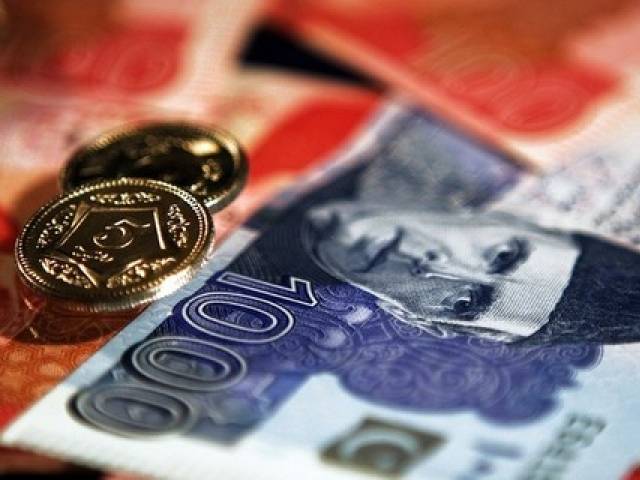ISLAMABAD: The Finance Ministry, in response to contentions made in a news report “’Pakistan Budget Deficit increases to Rs826 billion” carried by a section of media, clarified that fiscal deficit data is not compiled on a monthly basis nor is it reported on its website.
The ministry statement said that the data is compiled on a quarterly basis after receipt of required data from EAD, SBP and provincial governments with a time lag of almost two months. The month wise data is adjusted for the compilation of quarterly fiscal operation data and then it is made for public and also placed on the Ministry of Finance’s website for dissemination.
The article has referred to incomplete data, and drawing conclusions from it is too early, the ministry said.
Moreover, the article is contradictory in its statement that the development spending is increasing on politically motivated development schemes, which amounts to roughly Rs180 billion, but on the other hand, it has been narrated that development spending is significantly lower, which should have been close to Rs300 billion.
With regards to rising debt servicing which is the key reason for the increasing budget deficit, it is pertinent to mention that the article acknowledges the fact that the annual budget estimates for the fiscal year 2017-18 are Rs1,363 billion while debt servicing during July-November provisionally stood at Rs625 billion.
By presenting these numbers, the article negates itself as it is evident that debt servicing numbers during first five months of the current fiscal year is in accordance with the budget estimates and are expected to remain within the annual budget estimates. Therefore, any claim that debt servicing is the reason for higher than budgeted fiscal deficit is not correct, the statement clarified.
Moreover, debt servicing was recorded at Rs647 billion during the first half of last fiscal year, therefore, provisional debt servicing number of Rs625 is not unusual keeping in view the expected growth in revenue and GDP during 2017-18 and is lower than the last year, it said.
It further clarified that reliance on short-term domestic and foreign borrowings have significantly increased the debt servicing cost. As opposed to claims, short-term domestic loans entail lower interest rates and hence contribute less to debt servicing cost.
The total public debt to GDP ratio is recorded at 67.2 per cent while total government debt to GDP ratio stood at 61.6 per cent at end June 2017, the statement said. Pakistan witnessed a marginal increase of 1.4 per cent (from 60.2 per cent in 2013 to 61.6 per cent in 2017) in its total government debt to GDP ratio during last four years, while during the same period, global debt to GDP ratio increased by about 8 per cent (IMF World Economic Outlook), it added.
It went on to say that developed countries like the USA, UK and Japan also carry debt and maintain levels as high as 80 to over 100 per cent of their GDPs, well over Pakistan’s debt to GDP levels. Even in the developing country peer group, Egypt, Sri Lanka and India carry higher debt to GDP levels than Pakistan.
Therefore, neither the number nor the context of the statement is correct with reference to debt to GDP ratio, the ministry clarified.




